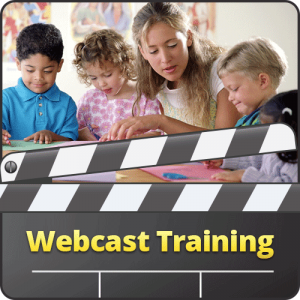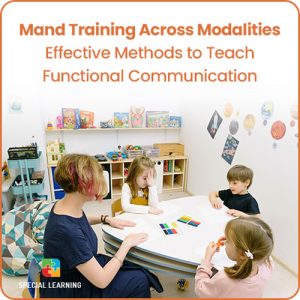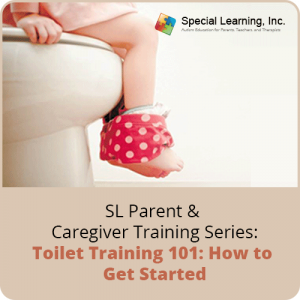What is Prompting?
Prompting is when a parent or therapist engages in encouraging the desired response from a learner. Depending on the learner and the skills being taught one may use most intrusive to least intrusive prompting hierarchy and teach the individual in what is called an “errorless” manner (i.e. don’t let the individual make mistakes).
Sometimes least to most prompting is used as this allows for an individual to engage independently in steps or skills that have not been explicitly taught and mastered.
There are different forms of prompting:
- Verbal Cues – this is what one tells a learner to do in order to complete a certain task. An example is a parent teaching a child to spell the word “ball” by saying, “Spell Ball,” then prompting the child for the correct response, “B-A-L-L.”
- Visual Cues – uses physical or tangible objects to aid in completing a certain task. An example would be presenting a picture of a ball with the word “ball” spelled on it to a learner to teach the learner how to spell the word “ball”.
- Demonstration or Modeling – here a parent or therapist teaches a child how to complete a task by acting out the task and having the child follow. An example is telling the child to “touch the ball” and touching the ball with his or her own hand.
- Physical Guidance – this involves manipulation in order to teach a learner. An example of physical guidance would be a parent or therapist actually guiding the child’s hand towards the ball to touch it.
Rules of Prompting:
- Use prompts at the same time that you give the SD or command (e.g. “Touch (apple).” When using prompt hierarchy of most intrusive to least intrusive, fade the prompts as quickly as possible, until no prompting is required.
- After a prompted trial, always give the SD again to see if the prompt helped teach the skill.
- Avoid prompt dependence.
- Be cautious of inadvertent prompting.
Copyright © by Special Learning Inc. All right reserved.
No part of this article may be reproduced without written permission. For information, email contact@special-learning.com.








